During most of its history, the Budget Department at the Federation of Jewish Philanthropies (FJP) grouped the agencies it funded into what were referred to as “Functional Groups” – agencies that served similar functions within the community. Examples of the Functional Groups would be Medical Care, Religious Education, Child Care, and Care of the Aged.
While processing the annual agency budget materials of the late 1960s, I noticed that FJP started sponsoring more agencies that took care of the aged beginning in the 1950s. Care of the aged has been a concern and important cause to Federation since its founding in 1917, when it started funding the Home for Aged and Infirm Hebrews. The next agency caring for the elderly that Federation funded was in the 1955-56 fiscal year when it started funding the Home and Hospital of the Daughters of Israel. The Louise Wise Services, for many years an agency that cared for children, was temporarily an agency that cared for the aged in 1957-1958. And in the 1961-62 fiscal year, FJP started funding the Home and Hospital of the Daughters of Jacob.
The aged became a steadily rising portion of the population. By 1966, nearly one out of every ten persons in the greater New York City area served by Federation was sixty-five years old or older, and it was predicted that this proportion would be even higher in the future. Of these men and women, more than one-third needed special help and care. Federation institutions for the aged concerned themselves with these problems and were engaged in all aspects of geriatric service, treatment and research. According to “This Is Your Federation,” a pamphlet published by FJP in 1966, FJP’s residence facilities provided comprehensive care and medical services to about 1,700 aged persons. Through a variety of programs, Federation agencies administered to the medical, spiritual, emotional, residential, social, and financial needs of many thousands of older men and women. The agencies were constantly working to expand facilities and community programs so that more elderly residents were able to continue to lead active, productive and enjoyable lives.
Services provided by FJP-funded agencies included homes for the aged, apartment residences, home medical care and nursing, golden age groups, part-time employment projects, geriatric clinics, geriatric research and training programs, and pioneer projects of coordinated community services for the aged.
In January 1964, the Home for Aged and Infirm Hebrews became the Jewish Home and Hospital for [the] Aged. The American Jewish Historical Society holds a small collection, separate from the UJA-Federation of New York collection, of annual reports and publications of the Jewish Home and Hospital for [the] Aged (AJHS collection I-308) from 1884 to 1970. In 1968, the Brooklyn Hebrew Home and Hospital for the Aged, a completely separate institution than the Jewish Home and Hospital for [the] Aged, changed its name to the Metropolitan Jewish Geriatric Center and remained in Brooklyn. In 1969, the Home and Hospital of the Daughters of Jacob changed its name to the Daughters of Jacob Geriatric Center.
In the 1968-1969 fiscal year, FJP started funding the Jewish Association for Services for the Aged (JASA), an organization created in June 1968 whose mission was and still remains “to sustain and enrich the lives of the aging in the New York metropolitan area so that they can remain in the community with dignity and autonomy” (http://www.jasa.org/about-jasa). In the minutes of JASA from the 1970-71 budget conference pictured below, Mr. Bernard Warach, Executive Director of JASA, emphasized that their caseload was increasing by 60 persons per month. Furthermore, Mr. Warach cited efforts to develop legislation that would secure funding for homemakers and home health aides in order to maintain the elderly population within the community.

Jewish Association for Services for the Aged, 1970-71 Budget Conference Minutes, Page 1

Jewish Association for Services for the Aged, 1970-71 Budget Conference Minutes, Page 2
In an April 1, 1970 letter, below, from Mitchell M. Waife, Executive Director of the Jewish Home and Hospital for the Aged to Jerome L. Saltz, Budget Director of FJP, it was stated that its resident population was increasing and that there was a need for more intensified medical care among the sicker and older new residents.
![Jewish Home and Hospital for [the] Aged, Letter to Jerome L. Saltz, April 1, 1970, Page 2](https://thiscangobacktothearchives.files.wordpress.com/2012/12/jhha_letter_page2.jpg?w=235&h=300)
Jewish Home and Hospital for [the] Aged, Letter to Jerome L. Saltz, April 1, 1970, Page 2
By the 1970-71 fiscal year, FJP funded five agency organizations dedicated to the care of the aged: Daughters of Jacob Geriatric Center, Home and Hospital of the Daughters of Israel, Jewish Association for Services for the Aged (JASA), Jewish Home and Hospital for [the] Aged, and the Metropolitan Jewish Geriatric Center.
The Central Bureau for the Jewish Aged, an organization supported by Federation with extra-budgetary “subventions”, disseminated information about and promoted development and coordination of services to the Jewish aged of Greater New York, Westchester and Nassau County. The Bureau sponsored conferences, institutes and meetings on problems of the aged, involving the participation of individuals, not only from member agencies, but also from the wider community. The Bureau worked closely with FJP in joint efforts to improve and expand services for the Jewish aged of New York City.
Although a Medical Care agency, the Beth Abraham Hospital also participated in care of aged services through its affiliation with the Central Bureau for the Jewish Aged, funded by Federation, and the Hirschman Coordinating Committee for Services for the Aged.
We look forward to sharing more information about the functional groups as we continue to process the annual agency budgetary material and more information becomes available.
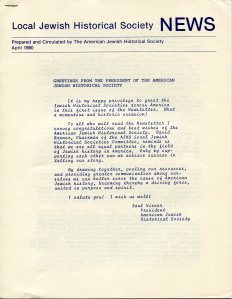
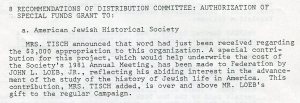
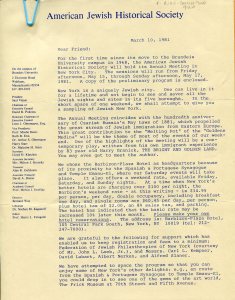

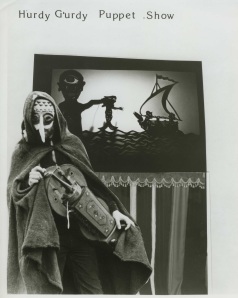
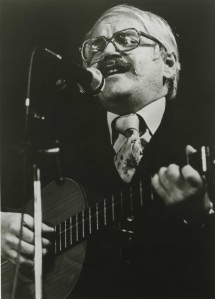

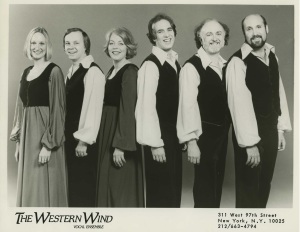









![Jewish Home and Hospital for [the] Aged, Letter to Jerome L. Saltz, April 1, 1970, Page 2](https://thiscangobacktothearchives.files.wordpress.com/2012/12/jhha_letter_page2.jpg?w=235&h=300)




